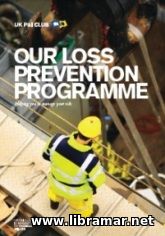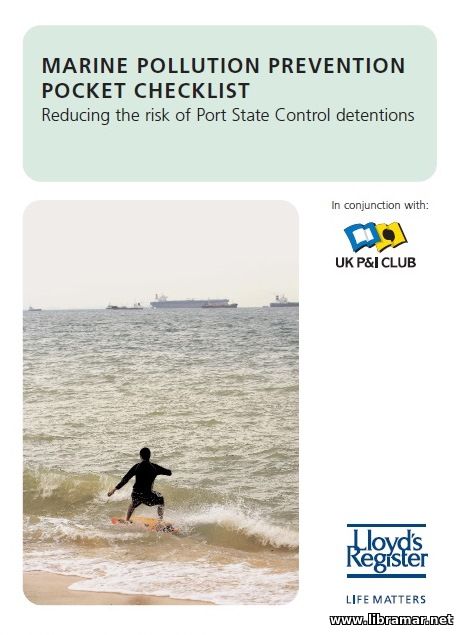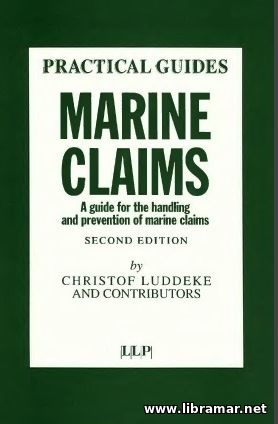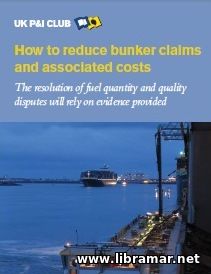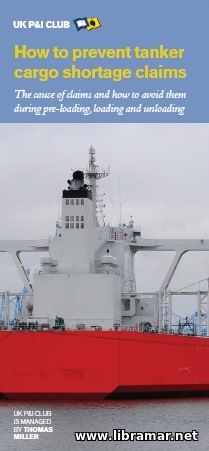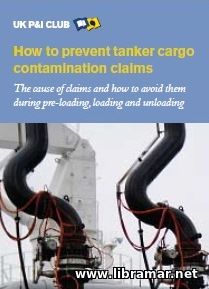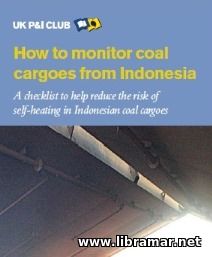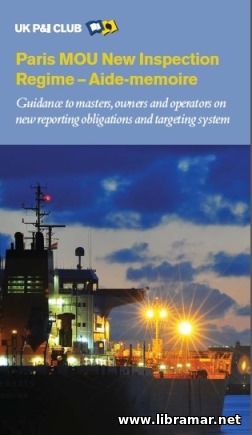
This is a very small, only two-page paper which provides the information related to the relatively newly introduced "inspection regime" of the Paris MOU on PSC in force since January 2011. A new system of targeting vessels was implemented in order to properly determine how often particular ships are selected to be inspected and also replace the existing practice of the previous regime where a pre-determined percentage of the individual ships were chosen for the inspection.
This would typically rely on the company performance plus on the ship risk profile. This new inspection regime is imposing completely new master's obligations directly relating to the reporting for every vessel arriving in the ports/anchorages or leaving them in the Paris MOU. The risk profile is replacing the "target factor" which is in place, and implies classification of the vessels into three fundamental categories on the basis of the technical details of ship inspections.
These three categories are LRS, SRS and HRS, standing for the low-risk, standard risk and, finally, high-risk ships. The list of criteria used for the subject profile include type/age of the vessel, number of detentions and deficiencies, company performance, Flag and RO performance and other factors...
